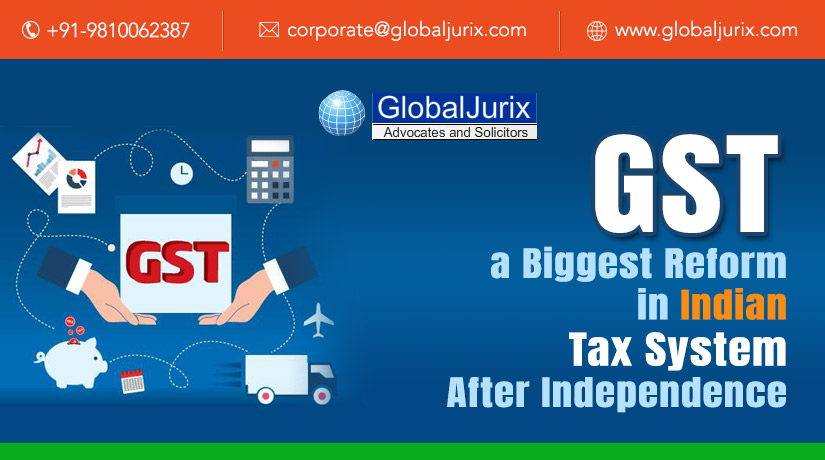Ask Your Legal Query

Ambitiously promulgated since 1st July 2017, the GST regime is regarded as being one of the biggest and most significant tax reforms in India after independence. The most impressive and significant benefits offered by the Indian GST Act are the following:
It offered a unified indirect tax system in the country; seeks to eliminate the cascading effects of various indirect taxes; and helps in improving tax compliances and transparency. Besides these, there are many other advantages associated with the GST regime in India, which are mentioned below separately. While implementing the Act, taxation and industry experts had hoped that the GST regime would be accelerating the growth of national GDP by at least 1.5-2%. Noteworthy here also is the fact that the GST system adopted by India is actually a Dual System related with GST like that used by Canada and Brazil, to make the Central and State Governments fiscally independent. Hence, the GST system is really a visionary and advantageous indirect taxation system adopted by India.
To help novices to this indirect taxation system of GST (Goods and Services Tax), a broad definition of GST is being presented as follows - GST is an all-inclusive indirect tax applicable throughout the country which is levied on any given product or service at the prescribed rate and at various stages of the supply chain of the product/service, based on the amount of value addition at every stage. The following are the main and most momentous benefits offered by the GST system in India:
- A Uniform and Unified Indirect Tax Structure - Now, the whole country follows the same GST for every product or service. Only a single GST registration suffices across India.
- Various Indirect Taxes Stand Replaced by a Single GST - Various indirect taxes which were earlier levied by individual State Governments and the Central Government, are now replaced by a single GST. These included the central excise duty, CVD and SAD of customs, service tax, Central and State Cesses and Surcharges, State VAT, Central Sales Tax, entertainment & luxury taxes, and taxes on gambling and lotteries.
- Input Tax Credits (ITC) Available - Under GST regime, the credits for all input taxes paid at previous stages of the supply chain of a product/service are obtainable as set-offs.
- Lower Taxes and Larger Tax Base in the Country - GST is to be paid only when the turnover of any economic entity exceeds the prescribed exemption threshold limit. Again, GST can reduce the overall amount of indirect taxation payable by an entity. Greater revenues to the Central and State Governments are also likely.
- Reduced Compliances and Increased Transparency in Indirect Taxation - The returns and compliances related with many different indirect taxes are to get reduced substantially under the GST regime. The cascading effects of these taxes will also be eliminated. Hence, the regime of indirect taxation will become more transparent.
- Reduced Corruption and Red-Tape, and Plugging Leakages - The fixed GST rates for various goods/products and services, and the GSTN, will also help in minimizing or eliminating plugging leakages and overall corruption in the collection of indirect taxes.
- Greater Ease of Doing Business in India - The elimination of distinction between the goods and services, and all above advantages achievable under the GST regime, will result in making businesses and services in entire India easier, better, and safer.
For consultancy regarding GST in India, readily call over: +91-8800-100-284; or send your queries to: companies@GlobalJurix.com
Anita Aswal
Company Secretary
